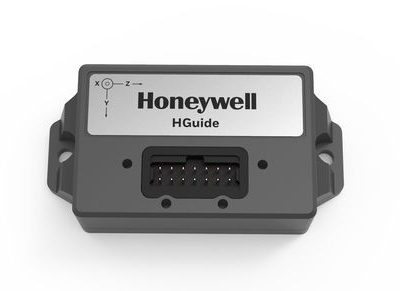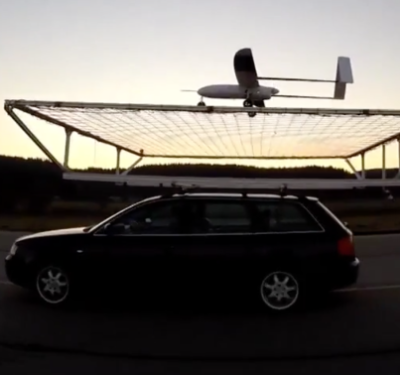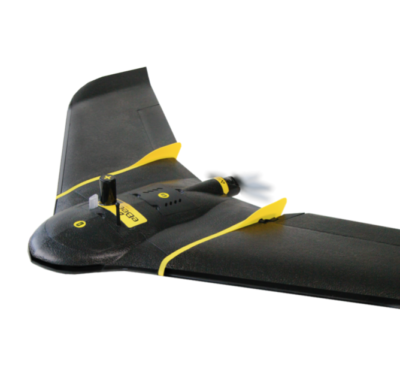
Amazon
The Federal Aviation Administration on Sunday opened an avenue for would-be drone entrepreneurs to offer services that stretch beyond the immediate view of operators and to at least study the sort of autonomous package delivery services envisioned by Amazon Prime Air.
The opportunity came to light during discussions of a proposed rule released by aviation officials Sunday. That rule would allow commercial operation of unmanned aerospace system (UAS) that weigh less than 55 pounds and are operated in daylight below 500 feet.
The rule would not allow flying beyond the immediate visual line of sight of the operator, though a visual observer could be used to “augment” that, said FAA Administrator Michael Huerta during the second of two press conferences.
Huerta, however, told reporters that the agency could consider requests for beyond-line-of-sight operations under the FAA’s waiver process, a class of operation for which it has not yet granted waivers.
Beyond-line-of-sight flights might be a possibility said Huerta, “but what we need to understand is what exactly is being proposed.” The agency would be able to entertain proposals that explain the “mitigations that a user might want to put in place,” he said.
“It also tees up the question of the certification of the aircraft,” Huerta added in response to a question from Inside Unmanned Systems. “And so it’s very case specific. So we need to actually see what someone would want to propose in the near term.”
Waivers are granted under section 333 of the FAA Modernization and Reform Act of 2012, which gives the agency the ability to forgo its own UAS restrictions on a case-by-case basis. A waiver is currently the only way to operate commercially within the United States and likely will remain so until the rules are finalized. So far, waivers under Sec. 333 have required drones to remain within the line of sight of an operator — a limitation that undermines the economic viability of services like pipeline inspection and the remote sensing of vast agricultural fields.
Amazon R&D Allowed
Mark Bury, the FAA’s assistant chief counsel, also said that under the proposed rule firms would be allowed to study package delivery, a key request from Amazon, which has proposed Amazon Prime Air, a 30-minute package delivery service. Amazon would not, however, be able to offer the service under the proposed rule.
“An operator that was carrying a package for their own purposes certainly could, within the environment described for the rule carry that package — but they could not carry it for payment. They could not carry it for somebody else. So if the operator was doing package cargo for research and development, to learn more about how we do this. That certainly is within the scope of the rule,” said Bury.
Amazon filed a Sec. 333 request in July to be allowed to do out-of-doors research on its proposed service in the United States. The firm has reportedly threatened to take its research operations overseas because of the United States’ strict rules.
“Because Amazon is a commercial enterprise we have been limited to conducting R&D flights indoors or in other countries,” the company wrote in its petition. “Of course, Amazon would prefer to keep the focus, jobs, and investment of this important research and development initiative in the United States by conducting private research and development operations outdoors near Seattle — where our next generation R&D lab and distinguished team of engineers, scientists and aeronautical professionals are located.”
Not only could Amazon be allowed to test Amazon Prime Air in the U.S., under the proposed rule, it could potentially test autonomous operation of such flights, said Bury.
An “operation could be operated autonomously,” Bury told reporters, if the flight stayed within the visual line of sight an operator who was able to “jump in and take over if flight circumstances require it.”





